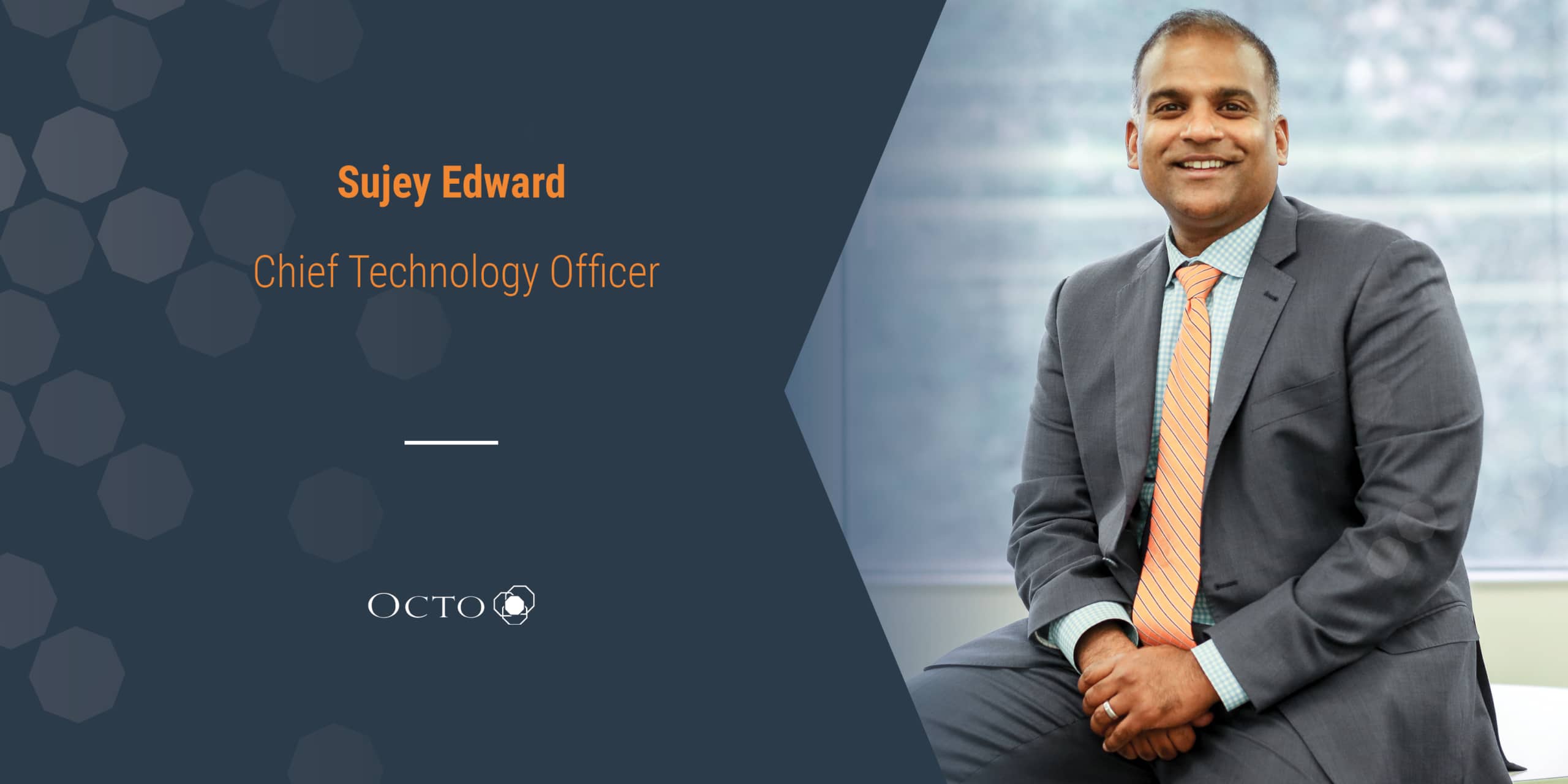
By Sujey Edward, Chief Technology Officer
Historically in the President’s Management Agenda (PMA), IT modernization is specifically called out as a driver of transformation. The PMA reports that enhancing mission effectiveness is the top goal, by “improving the quality and efficiency of critical citizen-facing services, including the increased utilization of cloud-based solutions.” To reach this goal, agencies need to develop a process that allows quicker delivery of services to complete critical missions. Moving from DevOps to NoOps – effectively eliminating unnecessary operations by reimagining processes to achieve the same or better results through automation – is one weapon against inefficiency.
Naysayers will tell you NoOps is a pipedream, but NoOps is a logical, necessary evolutionary step forward from DevOps. Innovators are finding more ways to take manual labor out of the everyday, eliminating meeting after meeting while skipping the hands-on execution of time-consuming tasks. And there’s nothing wrong with that – it means talent pools are putting their efforts into deeper development and better maintenance, getting work done more quickly than ever before. Government agencies need to adopt this practice to help meet the mandates of the PMA. Here are five ways to do it:
- Understand NoOps – Your organization can’t evolve to NoOps if it holds false beliefs about it. So first, get over the notion that NoOps means no human intervention. Also get past the myth that moving to NoOps happens immediately. NoOps requires real labor by real people who need to spend time working at tasks that truly require the human touch. NoOps will, over time, massively redistribute those individuals’ talent by automating tasks that don’t need to be handled by busy employees. And don’t worry. You will still have processes checked and evaluated, but much of that will be automated, too. Plus, you’ll move to NoOps by using tools that already exist while eliminating needless operations at a pace that makes sense. For agencies, this means serving the public more rapidly and effectively.
- Create a map – Once you get past limiting thinking, you’re ready to map your current processes and the time it takes to go from concept to execution. Let’s use the example of a driver trying to renew a license. Traditionally, it would take hours, from driving to the DMV to standing in line to waiting for paperwork to be processed to waiting for the new license to be generated. Those details would be included in your map. Then you would ask, what additional steps are taken to renew a license? What details are missing, and how can this process be improved? Map out every move the customer and the agency currently take to get someone a new license.
- Identify the tech – Now it’s time to list the tools you’re currently using that could automate any part of this process. Start with the simplest parts of the map. In the case of the driver’s license renewal, this could mean eliminating waiting for paperwork to be processed by utilizing an existing database to populate forms based on a personal identifier and emailing it to the driver before they ever leave their house. It might also mean fact-checking by automatically sending out questionnaires, which could be uploaded by the driver and auto-processed by the system. Examine the tech you’re using now to determine how you can use it more effectively later.
- Maximize the tools – Now put step three into motion by maximizing your current tools to increase their efficiency. In our NoOps example, this means further developing the database to the point at which a personal identifier would pre-populate forms, making the process easier for the driver and the agency. The email and processing systems would also be candidates for optimization. In this step, you would address database security and flexibility, building and expanding testing to ensure private information is protected.
- Make decisions – Finally, remove and automate manual decision points if they are not adding value. Rest assured – you will still audit (which can also be automated), and by keeping the right architecture, security, and processes in place, that automation can reduce the likelihood of error. In our example, the license paperwork processing can be made based on the information entered by the driver and checked by the agency system, significantly reducing in-person wait times.
This is how innovators are getting more done faster and with greater accuracy. And it can work at the agency level. Don’t believe the naysayers. With careful thought and planning, NoOps can help agencies meet missions more effectively to better serve the public.
Want more ideas and industry insights? Follow Octo and connect with me on LinkedIn.


